Here at Stobhillgate First School we believe that children who engage with and study the arts alongside other subjects are able to significantly boost their achievement. Integrating arts into the curriculum shows improved student performance in Maths, English, critical thinking and verbal skills. All of which are essential for future success. Arts education helps with developing skills and ways of working that will benefit our children in the future in whatever path they choose to follow.
- The leading people in any field are those who can think creatively and innovatively. Making and participating in the arts aids the development of these skills.
- When you study art you learn to work both independently and collaboratively, you also gain experience in time management.
- Studying the arts teaches determination and resilience – qualities useful to any career. It teaches us that it is okay to fail, to not get things totally right the first time and to have the courage to start again.
‘It doesn’t matter if you’re going to study history or geography or science, you still need to be creative because the people who are the outliers in those fields are the most creative people. To have art eroded in schools is disastrous…’
Cornelia Parker, artist
At Stobhillgate, we believe that our curriculum is constantly evolving, therefore we have liaised with Tyne Community Trust to investigate how they deliver their Art and Design curriculum using Unity.
To view the CUSP Art and Design Core Content, please click HERE.
Art Units
| Year Group | Autumn Term | Spring Term | Summer Term |
|---|---|---|---|
| 1 | Cave Art | Paul Klee (Collage) | Andy Goldworthy (Working with Nature) |
| 2 | Georgia O'Keeffe (Painting) | William Morris (Printmaking) | John Kindness (3D Sculpture) |
| 3 | Hokusai (Printing Famous Landmarks) | Pompeii (Mosaic) | Robert Sweeny (Paper Sculptures) |
| 4 | Monet (Impressionism- painting en plein air) | Alberto Giacometti (3D and Collage) | Helen Frankenthaler (Painting) |
The development of drawing skills will be taught in all units.
Reception
Each term, the children follow instructions on how to draw a robot. This develops the communication, listening and fine motor skills.
Below is an example of three pieces of work which were created by the same child:
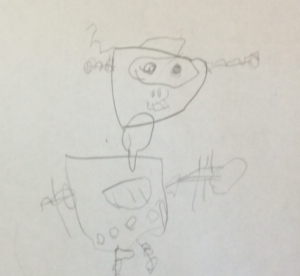 | 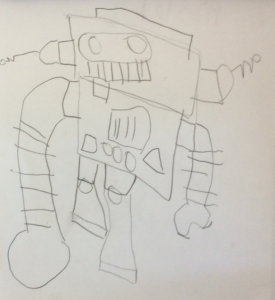 | 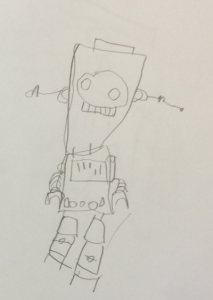 |
|---|---|---|
| Autumn Term | Spring Term | Summer Term |
Year 1
The children explored the work of Paul Klee.
Below are three pieces of work created by the same child, which demonstrates the progression in the learning:
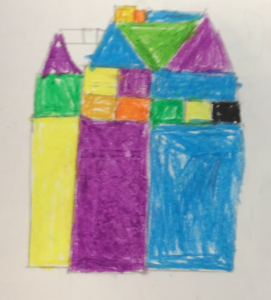 | 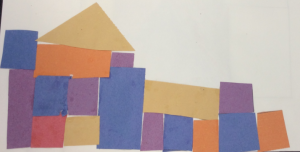 | 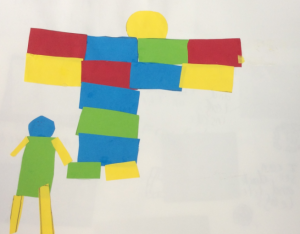 |
|---|---|---|
| Lesson 1 | Lesson 2 | Lesson 3 |
Year 2
The children in year 2 explored the work of Georgia O’Keeffe.
Below are two examples of paintings of flowers, which imitate the work of the artist:
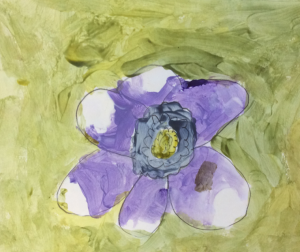 | 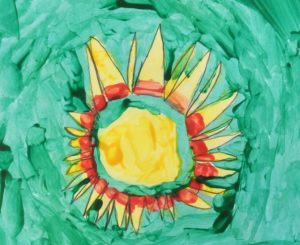 |
|---|
Year 3
The children in year 3 study the history of Pompeii, and to coincide with this learning, they learnt about the history of mosaics before creating their own.
Below are two images, demonstrating the sequence of learning:
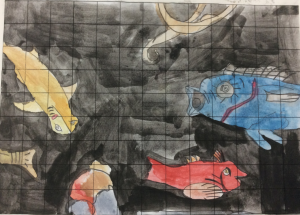 |  |
|---|
Year 4
The children in year 4 explored the work of Claude Monet.
Below are two examples of paintings of trees, which imitate the work of the artist:
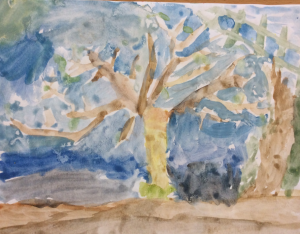 | 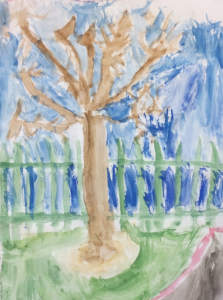 |
|---|
Our Art and Design Intent, Implementation and Impact statement can be found here
Morpeth Partnership Curriculum Progression Document
We have been working closely with the Morpeth Partnership to produce documentation for each subject area. These documents ensure clear progression and map out the teaching and learning journey your child will take in relation to each specific subject through each phase of their education.

